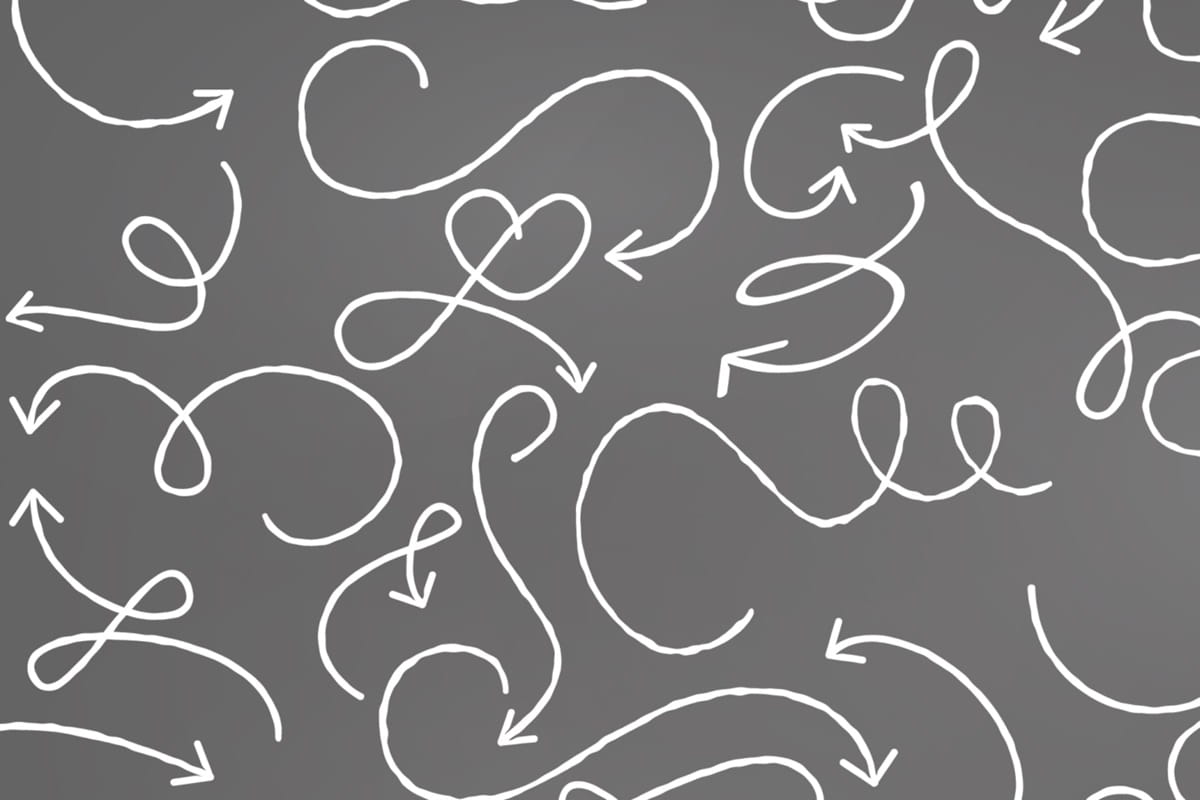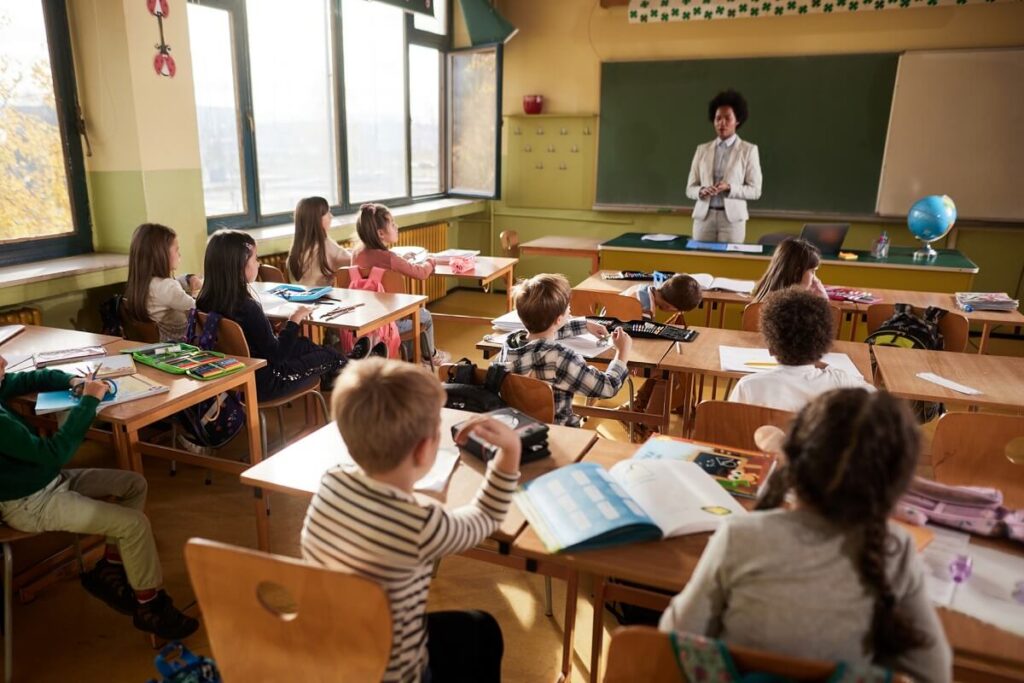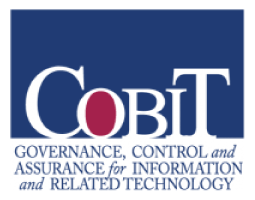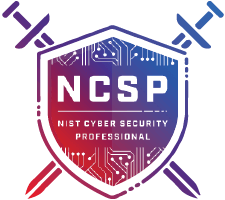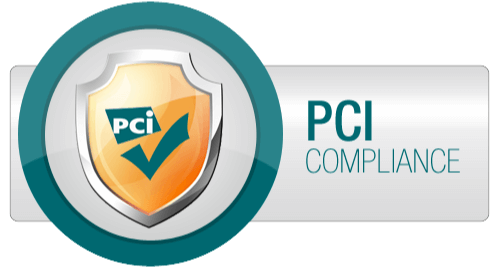The Power of Purpose
When students enter the schoolhouse door without a sense of positive purpose, it is difficult for them to connect their varied learning experiences and other opportunities into a coherent whole that shapes their lives. They lack a strong reason to learn, take on challenges, or behave well. An enduring sense of purpose typically emerges in adulthood, but having a primary goal, a moral compass, a focus on something other than, and larger than, oneself, and actions that align with these beliefs, start to become particularly important in middle school.
Stanford University psychologist William Damon views purpose as a “stable and generalized intention to accomplish something that is at once meaningful to the self and of positive consequence to the world beyond the self.”
Not surprisingly, positive purpose is connected to social-emotional learning skills. For example, here are links with social awareness:
- Finding your special task – what it is that allows you to excel?
- Recognizing your feelings and using them as a guide to your actions
- Recognizing and encouraging the achievements of yourself and also of others, for large and small accomplishments, as they contribute to purpose.
Getting Started with a Positive Purpose Essay
Writing an essay about positive purpose is an important way to build social awareness, as well as provide direction and energy for learning. But students usually can’t just start writing. Here are some steps to get them ready:
- Look at the positive purpose of well-known individuals, via non-fiction books, biographies, documentaries, social studies, current events.
- Learn about, reflect on, and write about the positive purpose of a personally-known individual – interview a local hero, community leader, member of the clergy, first responder, family member, educator or other staff member in the school.
- Write about one’s own positive purpose.
Use a Prompt to Guide Writing
You can use a standard essay writing prompt for your students’ grade level, adapted to positive purpose as the subject of the essay. Here is an example from middle school in Jersey City, NJ:
In your classes and in your life you may have learned about and encountered people with a strong sense of purpose. Similarly, you might feel your own sense of purpose. In a five-paragraph essay that includes an introduction, three body paragraphs, and conclusion, please respond to the following:
- What is your definition of purpose?
- What might be your purpose? Why?
- How would someone know that is your purpose in life?
From an essay written by an 8th grader from a high-poverty, low-achieving school based on the prompt above, here is the introduction and definition of purpose:
The purpose of human life is to serve, and to show compassion and the will to help others,” said Albert Schweitzer. I believe I was made to entertain, inspire creativity and guide others.
I think the definition of purpose means reason to do something, like when you say what’s your purpose for choosing a certain career, and you state your reasons. This is why I strongly am convinced that I was made to guide and entertain others because, having a strong passion for art and Broadway plays… A purpose of doing something can lead you into realizing what you want to grow up to be, as you recognize what you like to do.
Here is how she responded to the last prompt:
Others would realize what my purpose in life is by knowing what my career and life goals are or, who I admire to be one day. I admire to be like Steve Jobs because I believe without mistakes you can never grow to be an exemplary person and, even though Steve Jobs failed many times he became one of the most successful men in our generation.
Try It With Your Students
Her essay—and those of her peers in Grades 6-8—opened her teachers’ eyes about the depth of her thinking, aspirations, and abilities. By articulating their sense of purpose, students became more aware of their own potential, and their own assets.
Try it with your students. Have them share drafts of their essays with classmates, get several rounds of feedback, and then practice reading them with clarity and pride in class, at assemblies, or at parent or community meetings. Students can also communicate their positive purposes by creating artistic or musical renderings, along with brief write-ups. I am sure your students can find creative ways of communicating their sense of purpose, and in doing so, they will become more resilient.
Join me in the October 30th webinar to learn more about purpose, as well as Laws of Life, and Students Taking Action Together—activities you can use with students to engage them in ways that skills-focused training typically does not.
